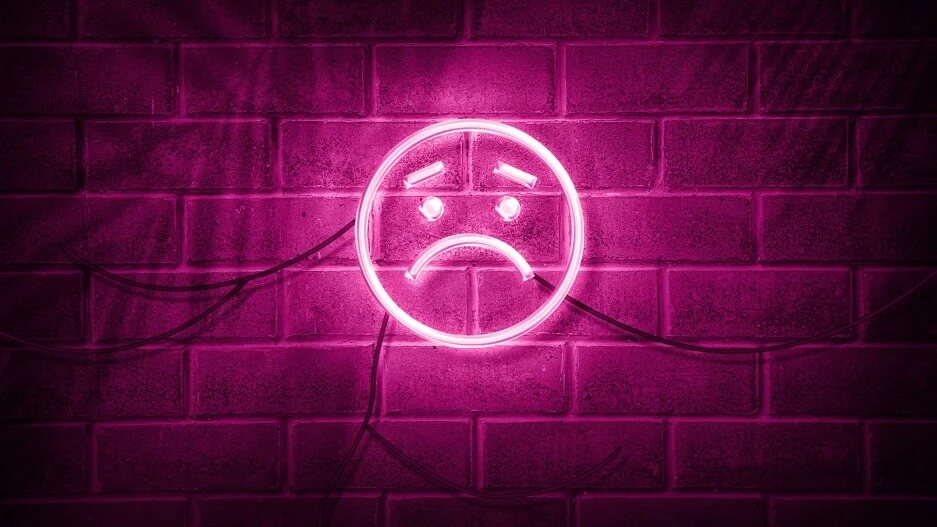- | 8:00 am
Why we should get comfortable with expressing sadness at work
If you want to experience more joy, you have to accept sadness as an emotion, writes this cognitive scientist.

As a cognitive scientist, I routinely talk to groups about stress at work. When I ask who routinely experiences a lot of stress at work, at least half of the hands in the room go up. When I ask who would like to experience more joy, happiness, and satisfaction at work, again a majority of hands are raised.
After that question, I usually go on to talk about how stress reflects a motivational orientation in which you are focused on potential threats in your world. You experience stress and anxiety when you have not yet successfully avoided the threat, and you experience relief and calm when you have avoided it.
When you routinely experience stress, it’s hard to feel much happiness, joy, and satisfaction, because those emotions are associated with motivation to approach a beautiful, wonderful, desirable outcome. When you achieve a goal to bring about a desirable outcome, you experience these emotions, and when you fail, you experience sadness, disappointment, and dejection.
Think about the four types of emotions I have mentioned: stress and relief related to avoidance of threats; happiness and sadness related to approach toward desirable outcomes. Of these four emotions, three of them are socially acceptable to display routinely at work. You are allowed to be stressed (clearly). You can be calm. You can be happy. But, people are uncomfortable if you display sadness and many people find it difficult to be sad in public.
If you are feeling sad and you don’t want to display it, what can you do? One strategy many people employ is to disengage with the goal that is making them sad. Sadness reflects a loss of something desirable, and so if you decide that the desirable thing was not that important, then you feel less sadness.
A second strategy is to reframe the sad situation in a way that leads to a different emotion. You can do that either by focusing on the obstacle that caused the loss (which usually leads to anger or frustration—which are more accepted than sadness) or to change your orientation to focus on threats (and put yourself back on the stress-relief axis of emotions). Indeed, if you fear the outcome of displaying sadness in public, the desire to cry may actually trigger a reframing to an avoidance of threat.
Now, here’s the paradox: People want to experience more joy, happiness, and satisfaction at work. That means opening yourself up to a focus on approaching desirable outcomes. But, the downside of this approach motivation is that you experience sadness when you don’t achieve those desirable outcomes. If you clamp down on sadness by disengaging from goals related to positive outcomes and you reframe to focus on other things, you make it harder to experience joy, happiness, and satisfaction.
If you want to experience more joy, you have to accept sadness as an emotion. You must accept it in yourself, and you have to help others to experience it, as well.
Over the past several weeks, I have been encouraging people at work to display their sadness rather than to hide it. In several meetings, I have had colleagues who teared up because of something going on at work or in their personal life. In each case, they apologized and focused on regaining their composure. Instead, I encouraged them to experience what they were feeling and not to hold back their emotional expression on my account. In each case they cried.
The goal here is not just to create a safe space to experience emotions, but also to enable people to retain their focus on desirable outcomes. Though they are feeling sadness in that moment, it opens up more opportunities for happiness in the future.






































